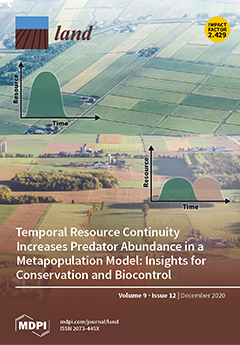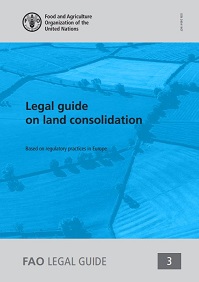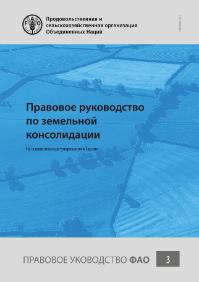Identification of Water-Reuse Potentials to Strengthen Rural Areas in Water-Scarce Regions—The Case Study of Wuwei
Due to water scarcity, which is worsening due to climate change, rural areas often face the challenge of rural exoduses. Limited water resources restrict local farmers as the opportunities for cultivation in the fields are reduced. This makes rural areas increasingly unattractive. To strengthen rural areas, sustainable water management with a focus on water-reuse is required. Since treated wastewater is a daily resource with calculable quantities available, reused water can contribute to the sustainable strengthening of a region.





